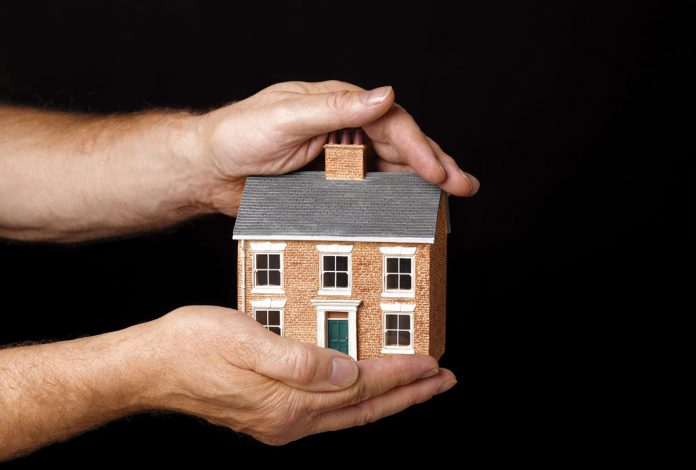Habitat for Humanity, a nonprofit organization that helps families build and improve homes, touts that affordable housing plays a critical role in strong and stable communities. A recent webinar they hosted, Confronting Global Inequities Exacerbated by the pandemic outlined how effects of the COVID-19 pandemic are tied to affordable housing, including locally in National City.
Devex Founding President Raj Kumar, a humanitarian who works with global development and moderated the webinar said the beginning of the pandemic exposed how much perceived equality is a lie.
“There was an initial thought that ‘We’re all in it together’ and what we very quickly learned is that it was quite the opposite. This pandemic exposed the inequalities that pre-existed and we have seen that those who have less resources, those who have less infrastructure are much more affected,” Kumar said.
National City has an 18% poverty rate coupled with a shortage of affordable housing; add in the fact that it also has the dubious honor of some of the highest COVID-19 case rates in San Diego county and there is something of a perfect storm for a potential housing crisis.
Locally, San Diego Habitat for Humanity President Lori Holt Pfeiler said what many San Diegans also claim: there is not enough housing anywhere in the county, let alone affordable housing.
“When we talk about the supply of housing and we’re building less in San Diego County than what we need, the problem starts with the middle income really eating up the affordable housing. They don’t have enough housing so we’re stuck with middle-income families now going into low income homes and low income families taking up very low income homes.
The lowest income families are then at risk of homelessness,” Pfeiler said.
Data from the U.S. Census Bureau shows the median gross rent in National City from 2015 through 2019 was $1,163 with an additional $398 going to other expenditures like utilities each month for a total annual cost of $18,732 to keep a roof over one’s head. At the same time, the median household income in National City for those same years was just $47,119.
That means the average person is spending at least $4,000 over the 30% income threshold traditionally advised for housing costs.
Meanwhile, programs like San Diego Habitat for Humanity that cap home costs at the suggested 30% income provide proof that inflated housing costs impact families.
“Habitat’s model has us selling a home to a family at 30% of their income which covers mortgage, insurance, everything. Through the COVID experience we had upwards of 200 mortgages in San Diego County and only three of our families needed help maintaining their mortgages. The rest struggled a bit but when housing costs are affordable, you can figure out how to make that payment. When you’re spending 50% that becomes impossible,” Pfeiler said.
A side effect of home affordability— or lack thereof— Pfeiler said, is that families who are struggling to keep a roof over their head tend to move frequently, creating a gap in community identity.
“If we don’t deal with the housing supply, we end up with people jumping from place to place for affordability and we’ve lost the sense of community. With kids jumping between classrooms, they don’t do as well in school and families lose that thread of fabric, that sense of community,” Pfeiler said.
Another complicating factor of the pandemic Habitat for Humanity International Chief Operating Officer Patrick Canagasingham observed in the webinar is that lower income workers all over the world were at the mercy of jobs that did not allow them to stay at home during peak pandemic months.
“It’s important to note that many lower income workers around the world do not have the luxury of remote work or social distancing on the job,” Canagasingham said, describing an international phenomenon that proved true locally. According to San Diego Association of Governments pre-COVID data, key job fields in National City were Retail, Department of Defense, Healthcare, Manufacturing, and Food Services: all in-person jobs.
Coupled with that, ActionAid Secretary Julia Sánchez, who also participated in the webinar said that worldwide, women in particular were in riskier positions as they had to venture outside the home, had to care for people at home and if they did not go to work they were at risk of losing their home.
“Women are more often in precarious employment and are the first ones to start losing jobs when the economy starts closing down. The care economy— women are by far doing the unpaid care work at home and now that has doubled, tripled. You have sick parents and children staying home from school,” Sánchez said.
In National City, 81% of the people who lost jobs in 2020 were women, just as Sanchez reported on a global scale.
Even the concept of affordable housing is somewhat misunderstood.
Pfeiler said that ‘low-income’ is defined as earning 50-80% of the median income but an average family income of $75,000 “sounds like a pretty decent income but doesn’t pay for housing at all”.

